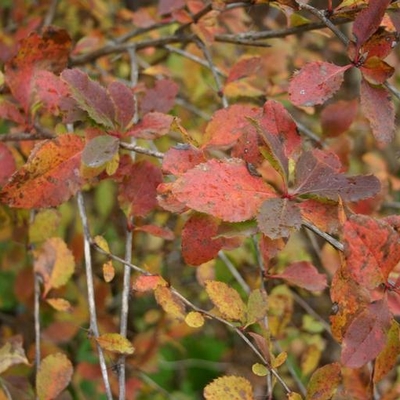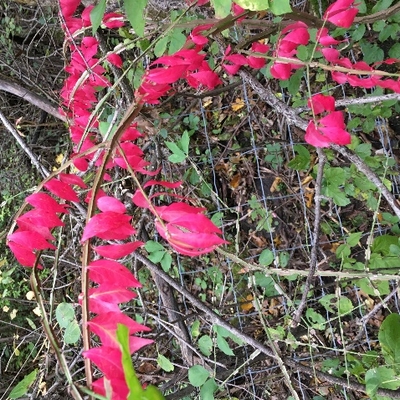Your favorite season in Minnesota may depend on what you like to hunt or forage. If you forage for morel mushrooms and ramps, spring might be your favorite season. If you are a deer or game bird hunter, then fall is important to you.
Invasive species out-compete native plants that provide food for animals and humans. They also invade and take over woodlands, prairies and wetlands, and they can be home to pests that harm wildlife and people.
Report what you find
The Minnesota Department of Agriculture (MDA) and the Minnesota Department of Natural Resources (MNDNR) encourage hunters and foragers to help reduce the spread of invasive species by reporting the plants using the Great Lakes Early Detection Network app (GLEDN). GLEDN was developed through funding provided by the National Park Service as part of the Great Lakes Restoration Initiative and is downloadable for android or iPhones.
About GLEDN
- It is an invasive species early detection and warning system for the Great Lakes region.
- The online system collects invasive species reports from casual observers, verifies these reports and integrates them with other networks.
- The system uses this integrated information to send customized early detection email alerts.
Keep an eye out for plants out-of-place
The plants on Minnesota's Noxious Weeds List are invasive and known to be detrimental to human or animal health, the environment, public roads, crops, livestock or other property.
Some of these noxious weeds started out as acceptable — and desirable — landscape plants such as barberry, oriental bittersweet and burning bush. However, due to their seedy nature or colonizing root systems, they have escaped into natural areas.
Using the GLEDN app to report their location when you discover them can help agencies and land managers to eradicate them.
Learn about newcomers and potential invasive species for Minnesota here.




